
UDK: 615.214.21
A. S. Anatskaya, I. P. Remezova
Пятигорский медико-фармацевтический институт – филиал ВолгГМУ, Россия, кафедра токсикологической и аналитической химии
Within the framework of this study, a method was developed for the detection of alimemazine and its main metabolites in biological fluids of laboratory animals using the GC / MS method. The following pathways of alimemazine metabolism have been suggested: demethylation of the alimemazine molecule, which results in the formation of the M1 metabolite, followed by a series of demethylation reactions, during which the M2 metabolite is formed. One of the possible metabolic pathways is the oxidation of the sulfur atom with the formation of the M3 metabolite. The formation of the M4 metabolite is also possible as a result of the hydroxylation reaction with the formation of 3-hydroxyalimemazine. The formation of conjugates with acetic acid is also possible: M5, M6, M7. In extracts from urine and plasma with a therapeutic concentra- tion of alimemazine, all the metabolites described above were identified, in plasma with a toxic concentration – metabolites M2, M5, M6. A reliable confirmation of acute poisoning with alimemazine can be proved by the absence of metabolites M1, M3, M4, M7 in the extraction from blood plasma. This technique can be included in the scheme of chemical- toxicological analysis of alimemazine.
alimemazine, GC/MS, chemical-toxicological analysis